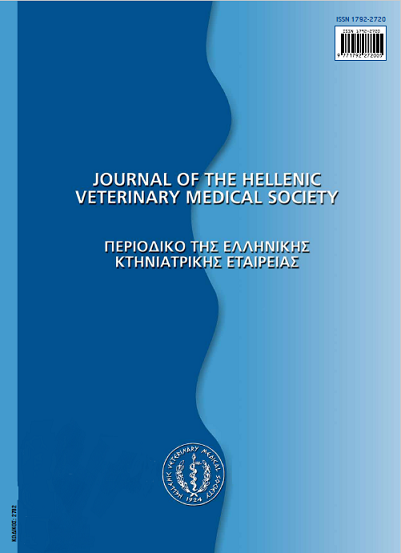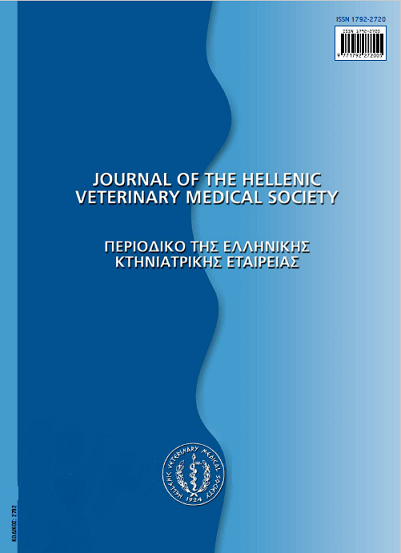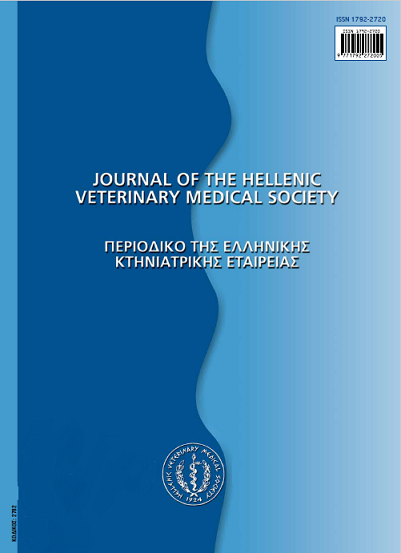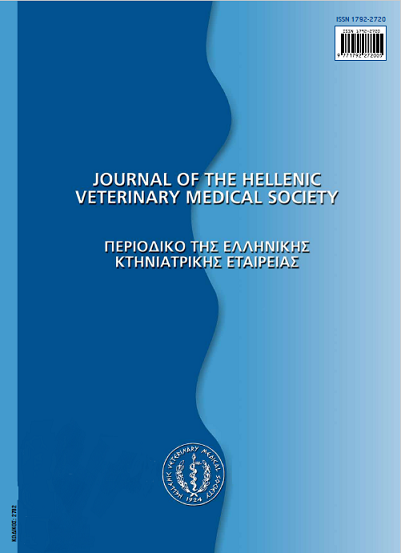Control of oestrous cycle in small ruminants
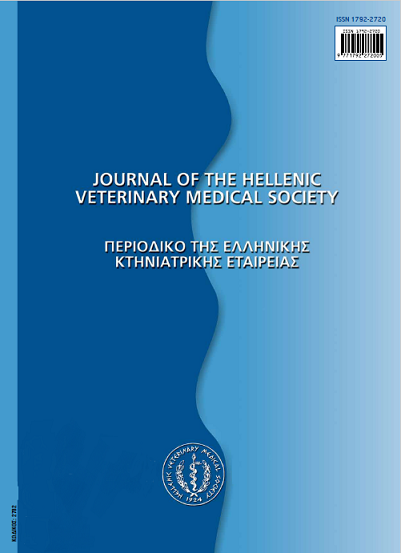
Abstract
Control of oestrous cycle is an important management tool in sheep and goat farms. Over the years, various methods have been developed and many applications have been documented in the international literature. In this review paper, the theoretical background and practical aspects of oestrous cycle control in small ruminants are reviewed; furthermore, problems related to oestrous cycle control are discussed. The article is divided in the following sections: (i) Methods for the control of the oestrous cycle (selection of method, male effect, pharmaceutical methods), (ii) Methods for increasing ovulation rate (nutrition, genetics, hormonal treatment, immunization techniques), (iii) Induction of early puberty, (iv) Fertilization of animals (mating or artificial insemination), (v) Problems during application of oestrous control methods (side effects of treatments, application errors).
Article Details
- How to Cite
-
SAMARTZI (Φ. ΣΑΜΑΡΤΖΗ) F., & FTHENAKIS (Γ.Χ. ΦΘΕΝΑΚΗΣ) G. C. (2017). Control of oestrous cycle in small ruminants. Journal of the Hellenic Veterinary Medical Society, 54(4), 351–361. https://doi.org/10.12681/jhvms.15345
- Issue
- Vol. 54 No. 4 (2003)
- Section
- Review Articles
Authors who publish with this journal agree to the following terms:
· Authors retain copyright and grant the journal right of first publication with the work simultaneously licensed under a Creative Commons Attribution Non-Commercial License that allows others to share the work with an acknowledgement of the work's authorship and initial publication in this journal.
· Authors are able to enter into separate, additional contractual arrangements for the non-exclusive distribution of the journal's published version of the work (e.g. post it to an institutional repository or publish it in a book), with an acknowledgement of its initial publication in this journal.
· Authors are permitted and encouraged to post their work online (preferably in institutional repositories or on their website) prior to and during the submission process, as it can lead to productive exchanges, as well as earlier and greater citation of published work.



